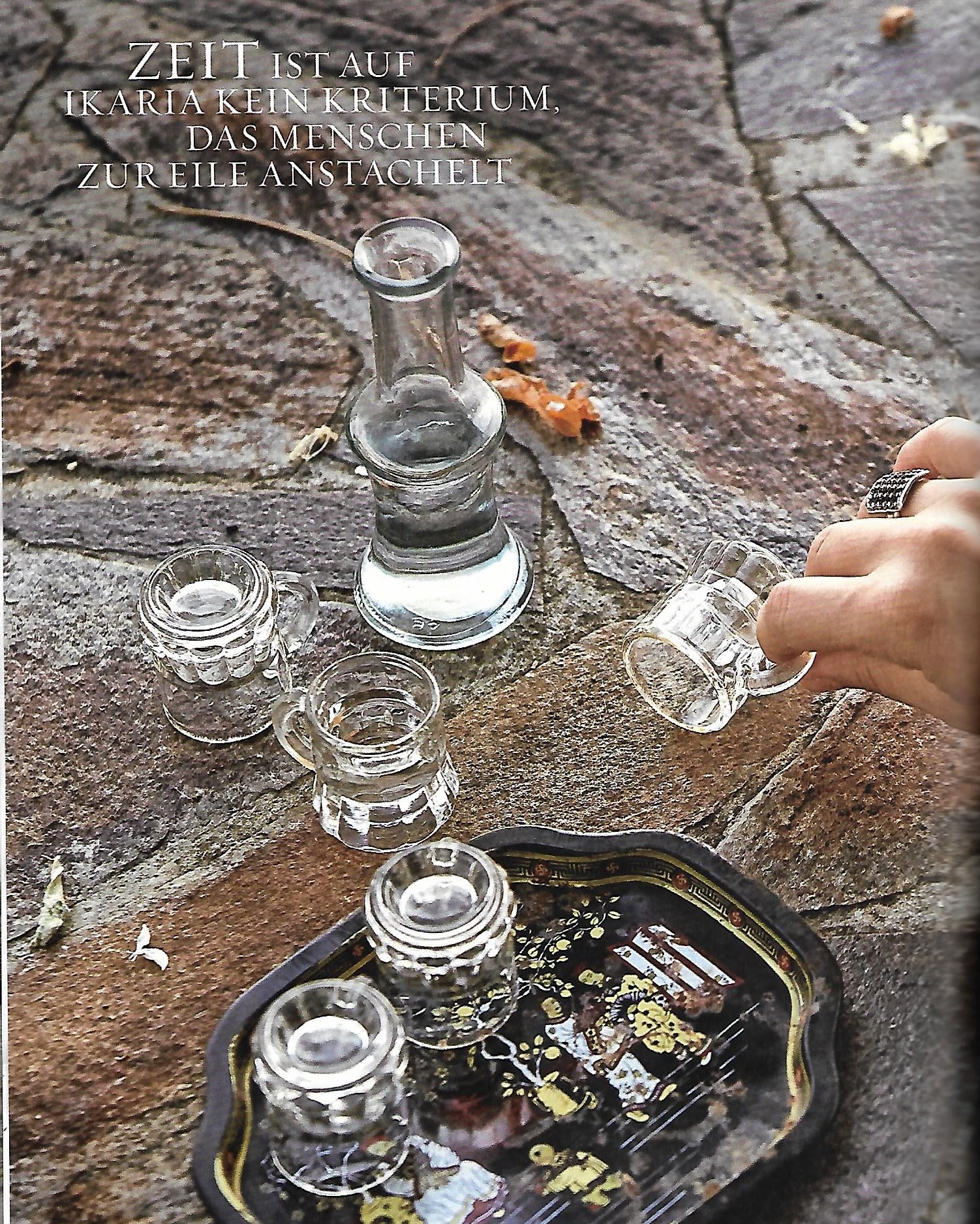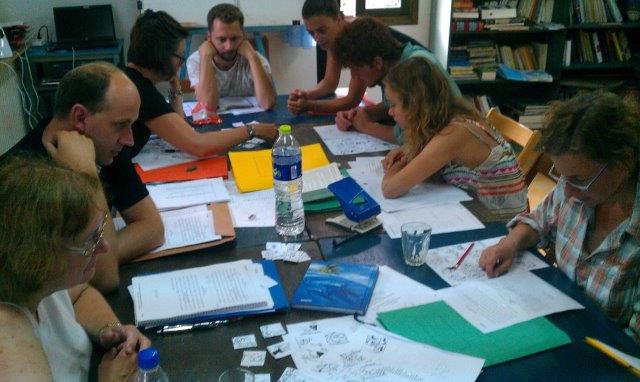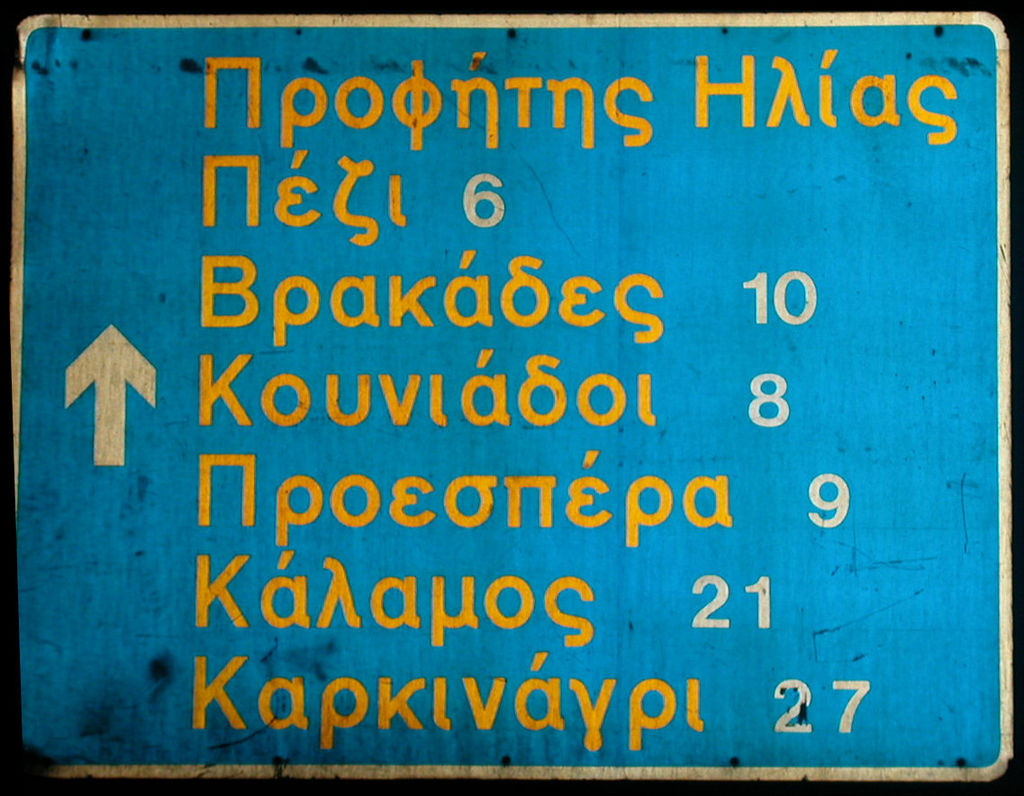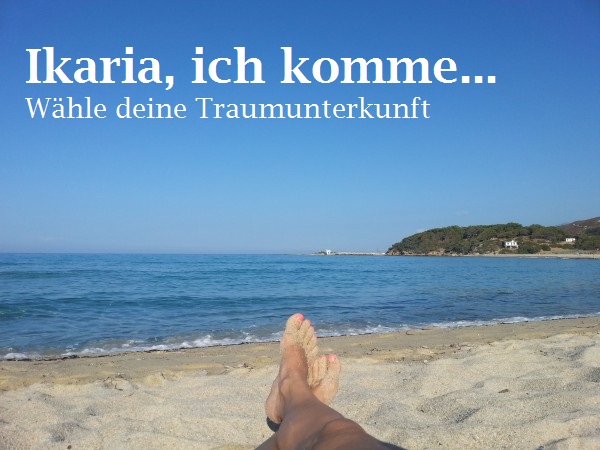Easter customs and the best Easter braid recipe
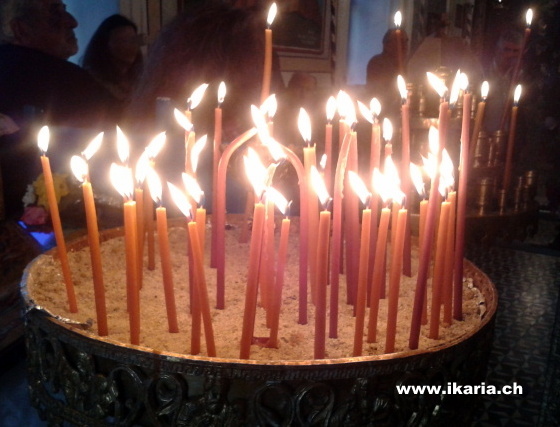
Easter Customs
Easter is the most important church festival for Greek Orthodox Christians. The movable feasts are calculated according to the so-called old or Julian calendar, for Catholics according to the Gregorian calendar. Orthodox Easter always falls on the first Sunday after the first full moon after the first equinox of the year.
Lent begins on Kathara Devtera (Rose or Pure Monday). From then on, strict believers no longer eat meat, fish or dairy products. Only octopus, cuttlefish, calamari and mussels are allowed because these sea animals have no bones, i.e. bones, and no blood. This is no longer permitted during Holy Week directly before Easter. I’m always amazed at how many young people take part in fasting, a kind of self-purification. Once a year, it’s probably not the stupidest thing, but I for one am just too inconsistent for it.
Throughout Holy Week, the sufferings of Christ are recreated through various rituals and services. I only mention the most important ones here.
On Thursday the Holy Eucharist is celebrated and in the morning we dye the Easter eggs red. The red color symbolizes the blood of Jesus. On Good Friday, the girls of the village decorate Christ’s grave (the epitafios) with fresh flowers, which all families donate from their gardens. In the evening the Epitaphios is then carried around the church and through the streets to the cemetery, followed by everyone. On the Easter Vigil from Saturday to Sunday, people go to church shortly before midnight with decorated Easter candles. The lights are extinguished and the Pope enters with the consecrated Easter flame. The holy light is passed from candle to candle and immediately a sea of flames flares up. At the stroke of midnight, the pope announces “Christos Anesti” (Christ is risen) and the congregation cheers “Alithos Anesti” (he is truly risen). People hug and kiss each other with the same greeting to spread the message and the young and young at heart throw themselves into the fireworks display that has been prepared for days. The sacred flame is carefully carried home and an oil lamp is lit under the family icon with it and a cross is marked over the front door with the soot. The family sits together for Easter soup and Lent is officially over. On Easter Sunday the real action begins. All families grill a lamb or a kid, sit together and celebrate. Wine puts you in a good mood, music and dancing put you in a good mood. Afterwards we meet in the community hall, everyone brings their own meat, mezedes and wine and shares it with the others. People celebrate the Mnymosino (common meal to commemorate the dead) together and celebrate until the early hours of the morning.
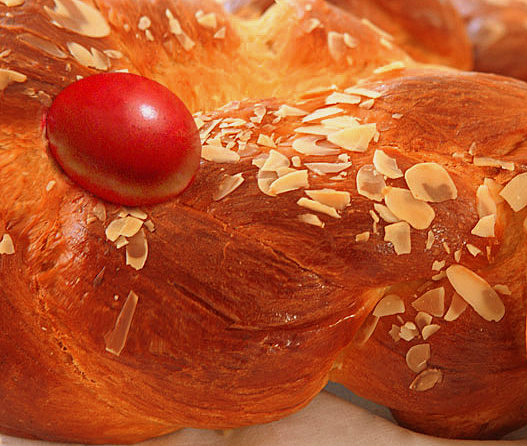
The best Easter Braid recipe
In Ikaria, the tsourekia are baked in a wood-fired oven in the village bakery, giving them their very special aroma. You can smell the irresistible sweet scent of fresh pastries in every street. The two spices mastic and mahlepi make up the very special taste. These spices give the braid that certain something. You will find order addresses below, but it also works without it!
The Easter plait with the red Easter egg in the middle is traditionally a staple on every Easter table. The eggs are colored exclusively red, which symbolizes fertility, new beginnings and liveliness. They will cuddle together as a sign of Christ’s resurrection on Saturday evening at midnight after the Resurrection Mass. The egg of the one that breaks apart last (symbolically breaking open the tomb of Christ) is the absolute lucky charm!
Bingo!
Anyone who has ever eaten tsoureki knows how incomparably delicious they taste. I have written down the best recipe for all fans. Have fun baking! I look forward to your feedback!
More News
Ikaria in GEO-SAISON
Ikaria in the first GEO season discovery booklet Ikaria was selected for the first Geo Season discovery booklet and the most exciting destinations for 2017! A trip to the island of free spirits... [...]
Language holiday in Ikaria
A review and photos from Kirsten This September I started learning Greek on Ikaria. Picked up by car in Evdilos by Mihalis, the head of the Ikaria language center, the route continues through mountain [...]
Learning Greek made easy
Learned Greek easily - Fit for your vacation. Do you know the feeling when everyone speaks to you slowly and conspicuously loudly, like to a small child, just because you don't know [...]
Still looking for the right hotel?
Choose from the best accommodation via Booking.com



